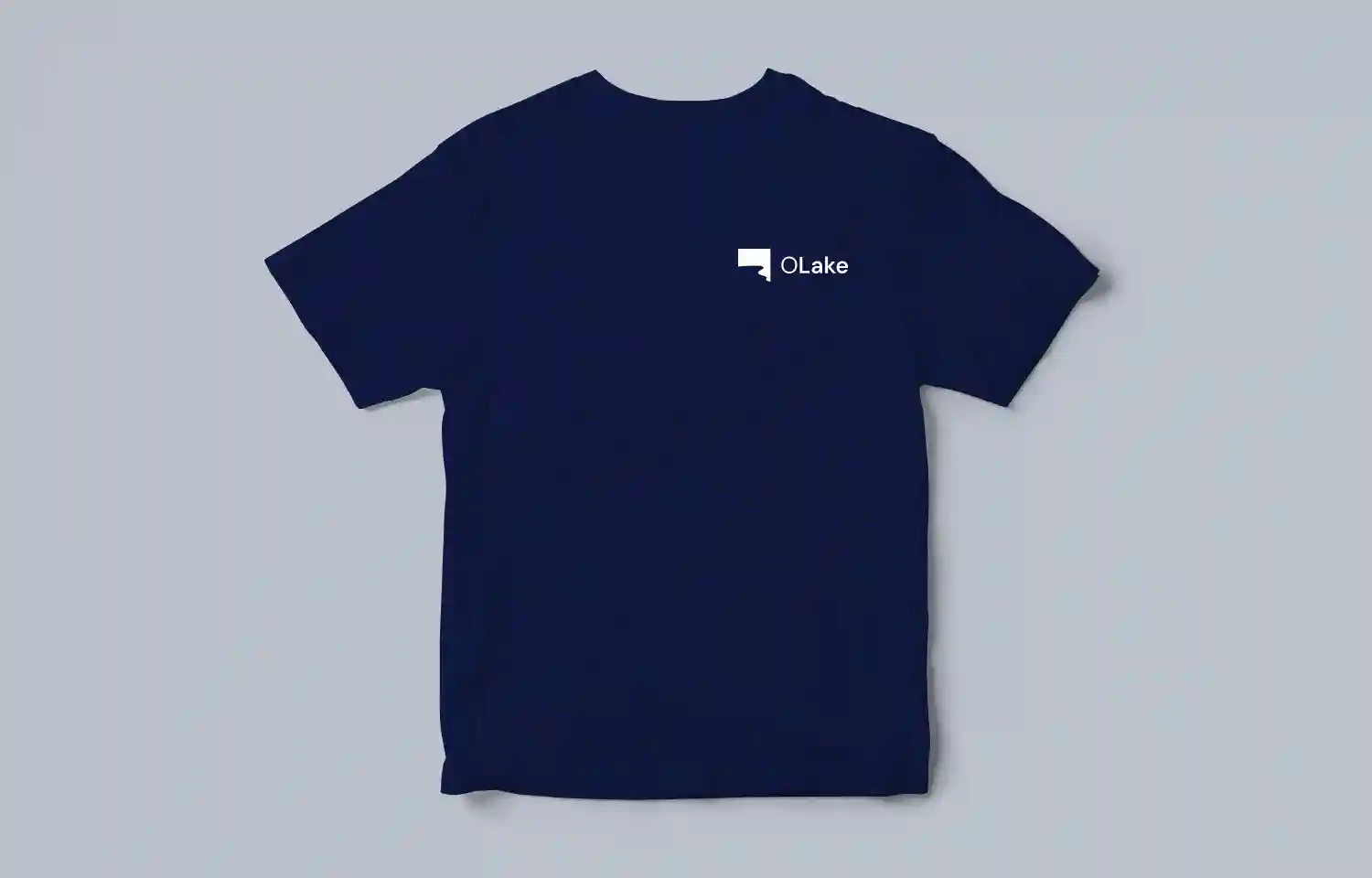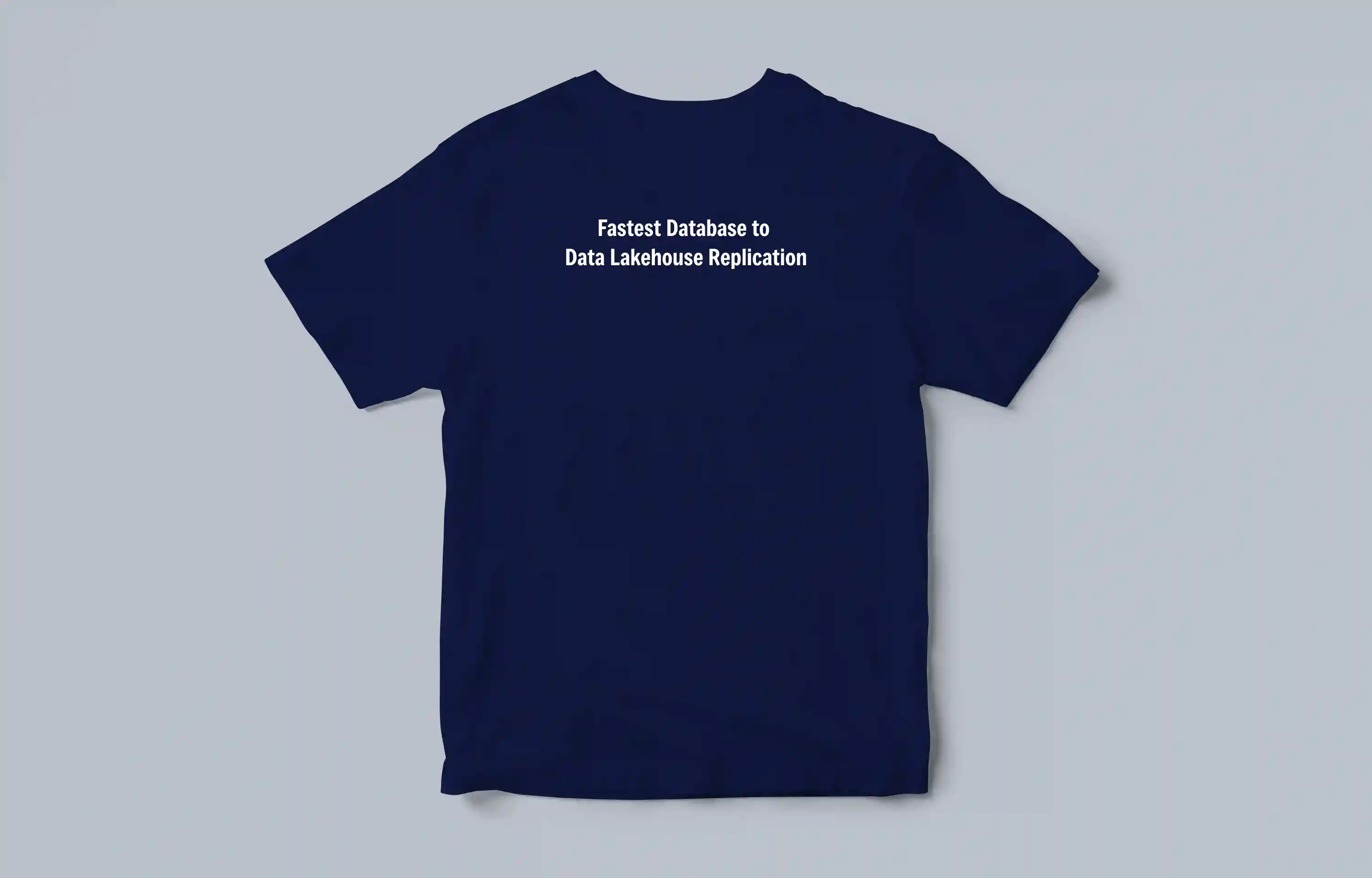Contributing to OLake
Hi there! We're thrilled that you'd like to contribute to this project, thank you for your interest. Whether it's a bug report, new feature, correction, or additional documentation, we greatly value feedback and contributions from our community.
If you are a student contributor and new to data engineering domain, finish the below materials and then proceed to pick up issues:
Core contributors and community members engage in the following public channels:
- OLake Community Slack - Join the community's
#contributing-to-olakechannel for all the information regarding contributions. - GitHub Issues - Report bugs, request features, and claim tasks; browse issues by label to find work you’d like to tackle and comment to assign yourself.
- GitHub Projects Board - You can also refer to the projects section in GitHub to see who all are working on which issues.
Orientation
Here's a list of repositories that contain OLake-related packages:
- datazip-inc/olake is the main repository containing the core OLake replication engine and CLI tools
- datazip-inc/olake-ui contains the web-based user interface for managing OLake jobs and configurations
- datazip-inc/olake-docs contains the documentation website and guides
- datazip-inc/olake-helm contains official Helm charts for deploying OLake on Kubernetes.
Types of Contributions
Before making any significant changes and before filing a new issue, please check existing open, or recently closed issues to make sure somebody else hasn't already reported the issue. Please try to include as much information as you can.
Reporting Issues
- Bugs
- Feature/Tasks
- Security Issues
The best way to report a bug is to file an issue on GitHub. Please include:
- Your operating system name and version
- OLake version
- Source and destination database details
- Detailed steps to reproduce the bug
- Any modifications you have made relevant to the bug
- Any details about your local setup that might be helpful in troubleshooting
Where to report issues:
- OLake CLI/Core issues
- OLake UI issues
- Documentation issues
- OLake Helm issues
Report in datazip-inc/olake
Report in datazip-inc/olake-ui
Report in datazip-inc/olake-docs
Report in datazip-inc/olake-helm
The best way to start is by discussing your idea in the OLake Slack community first. This helps get early feedback, gauge interest, and refine your proposal with input form other community members.
After the Slack discussion, open a GitHub Discussion in the Ideas category to propose features or enhancements. Describe the desired behavior in detail, including examples where helpful. Keep the proposal tightly scoped so it's easy to review and implement. This is a volunteer-driven project—well-defined, thoughtful ideas are always appreciated.
When submitting your proposal, consider including:
- Requirement — what kind of use case are you trying to solve?
- Proposal — what do you suggest to solve the problem or improve the existing situation?
- Any open questions to address❓
Where to report feature requests:
- OLake CLI/Core features
- OLake UI features
- Documentation features
- OLake Helm features
Report in datazip-inc/olake
Report in datazip-inc/olake-ui
Report in datazip-inc/olake-docs
Report in datazip-inc/olake-helm
Please do not create a public GitHub issue. If you've found a security issue, please email us directly at hello@olake.io instead of raising an issue.
Contributing to Solve an Issue
If you’d like to contribute code or docs, check existing GitHub issues and pick one that fits your interest:
- Fix Bugs → Work on issues labeled bug
- Implement Features → Work on issues labeled feature
- Complete Tasks → Work on issues labeled task
A good start will be to explore:
Issues to work on:
Getting started guides:
- Setting up a Development Environment - Learn how to set up your local development environment
- How to Raise a PR - Step-by-step guide for creating pull requests
See the issues and if its looks interesting enough to you, comment on it and one of our maintainers will reply to you on the same issue.
Types of contributors
OLake recognizes two primary contributor roles, each with distinct responsibilities and privileges within the project:
Project Maintainers
Project Maintainers guide OLake by sorting and prioritizing issues, reviewing and merging pull requests in all repositories, and coordinating releases.
Contributors
Contributors include anyone who engages with OLake by submitting code, reporting bugs, writing documentation, proposing improvements, or helping on community channels. All contributions—large or small—are welcome.
Goodies
We know how much you love swags and stickers, for each PR merged (again, not typo fixes or documentation fixes) we will send over a Tshirt and stickers to you. Take a sneak peak below.
Note: PR qualifying for goodies is subject to value it adds and the OLake team approval.



Refer here for more details on how to debug OLake's Iceberg writer using VSCode.